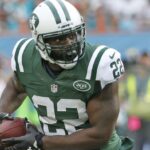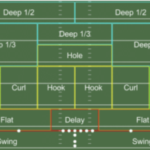Search Your Defensive Back Topic
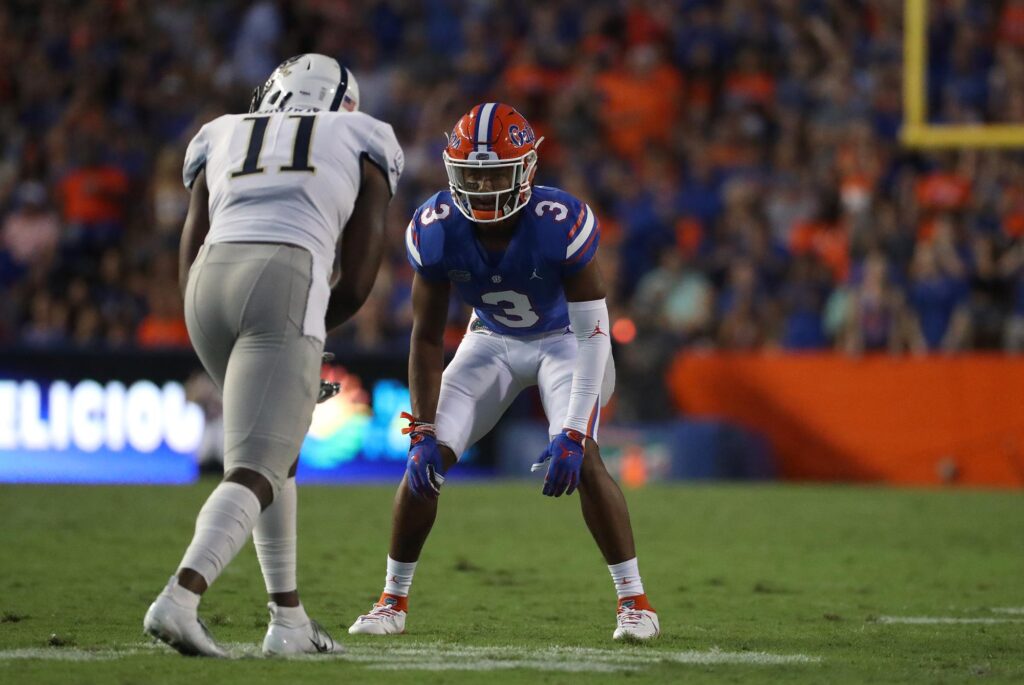
Mind on Lock; 5 Key Mental Elements You Need In Press Coverage
When It comes to training and improving your press man skills, the emphasis is most often put on developing the physical characteristics that are necessary to stay in front of and on the hip of a wide receiver. However, there is a big mental component to play...
Read More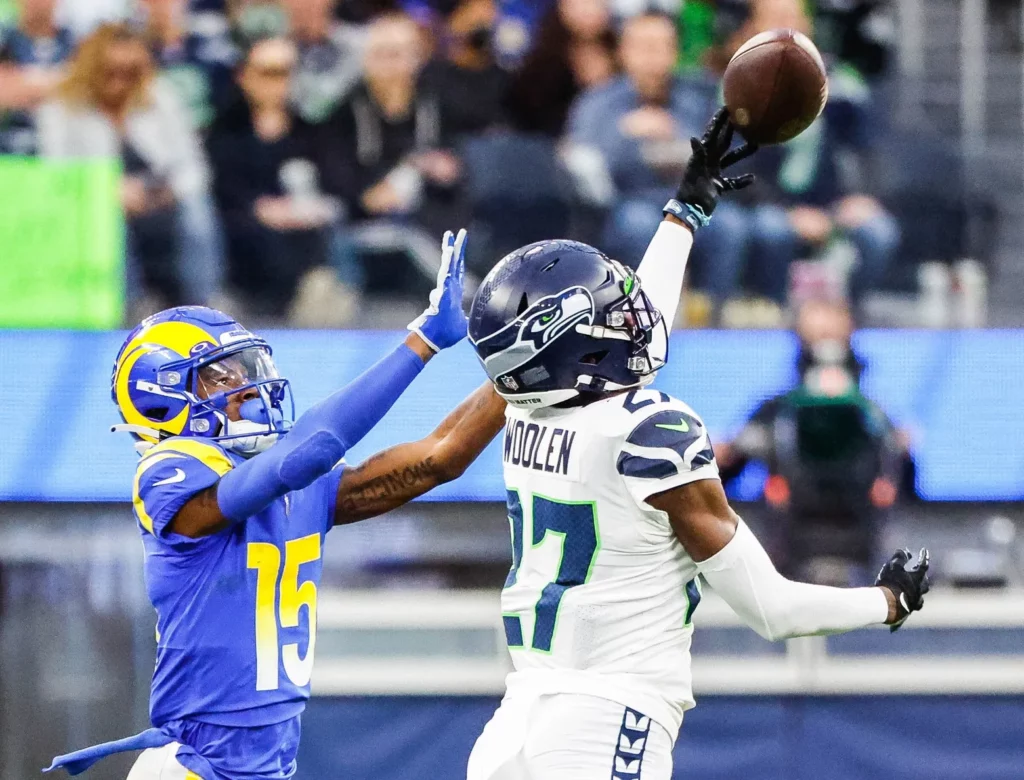
How to Train for DB Speed in the Offseason
Enhancing Speed in the Offseason: Training Tips for Defensive Backs Speed is a vital attribute for defensive backs in football, enabling them to keep up with receivers, close gaps, and make crucial plays. To excel on the field, defensive backs must prioritize speed training du...
Read More
7 Ways to Improve Your IQ as a Defensive Back
If there was one “skill” that I favored over others from a player when I was coaching it was intelligence. Your brain controls everything else on your body when you are on the field. What good is running fast if you don’t know where to go? W...
Read More
7 Ways to Master Learning Your Defensive Playbook
The playbook is the foundation of a team’s defensive strategy and coordination on the field. Whether you’re a seasoned athlete or new to the game, learning your defensive playbook efficiently is essential for success. In this article, we will take a look at some of...
Read More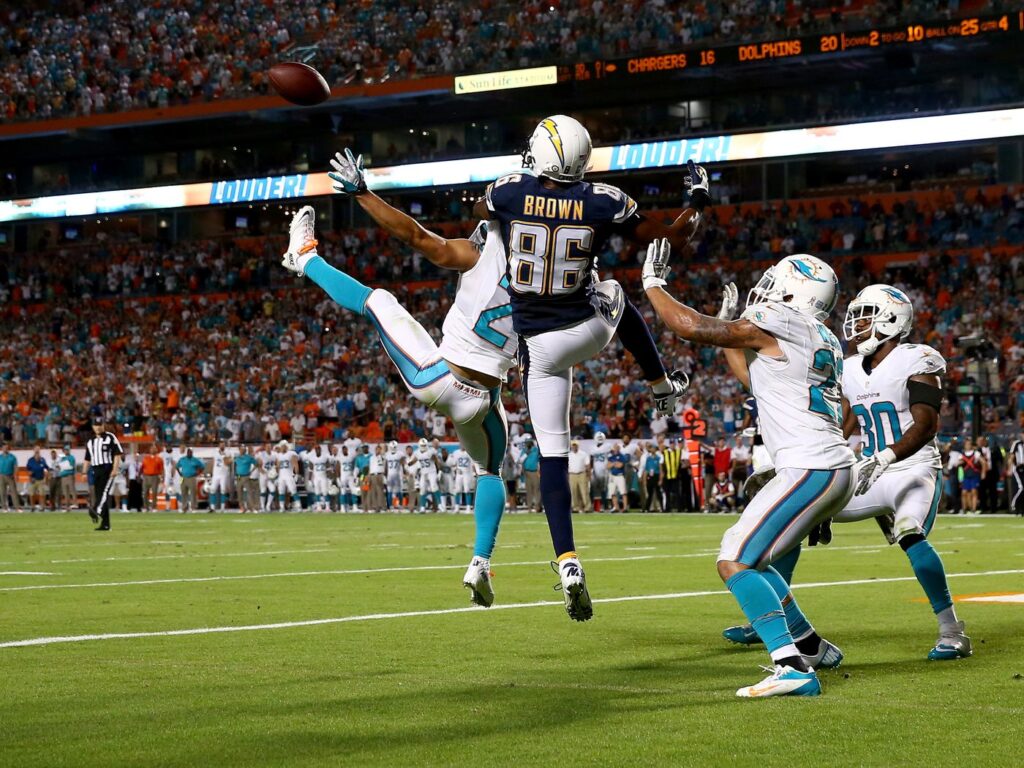
Understanding the Basics of Pass Defense
Understanding the fundamentals of pass coverage is essential for defensive backs at all levels of the game. In this article, we will explore the key concepts and techniques involved in pass coverage, including zone coverage, man-to-man coverage, matchup zones zone blitzes alon...
Read More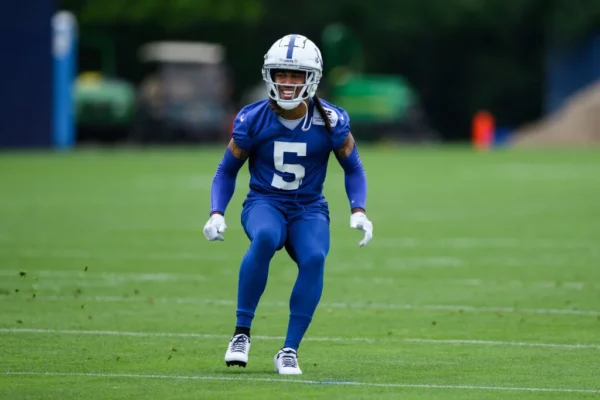
3 Reasons Why Back Pedaling is Crucial to a DB’s Success
While there are various techniques and skills that a defensive back must possess to be successful, one of the most critical is backpedaling. Backpedaling is the technique of moving backward, often in a diagonal or lateral direction, while keeping your eyes on the ball and the ...
Read More
3 Ways to Communicate Better as a DB
If there is one area where young defensive backs struggle, it’s in the area of communication. Unfortunately, communication is a big part of success in defensive back play. Sure it’s great to have speed, strength and technique but those are just individual att...
Read More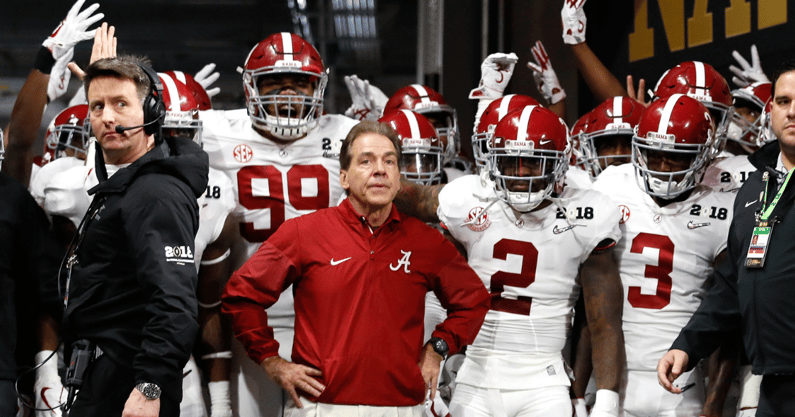
Win With Nick Saban’s Pass Defense Principles
Nick Saban is widely regarded as one of the greatest football coaches of all time, and his success is due in no small part to his innovative defensive strategies. Saban is known for his emphasis on pass defense, and he has developed several philosophies that have become hallma...
Read More
Know Your DB History: Darren Sharper
Darren Sharper is a former NFL safety who played for the Green Bay Packers, Minnesota Vikings, and New Orleans Saints over the course of his 14-year career. Born in Richmond, Virginia in 1975, Sharper attended Hermitage High School, where he excelled in both football and track...
Read More

